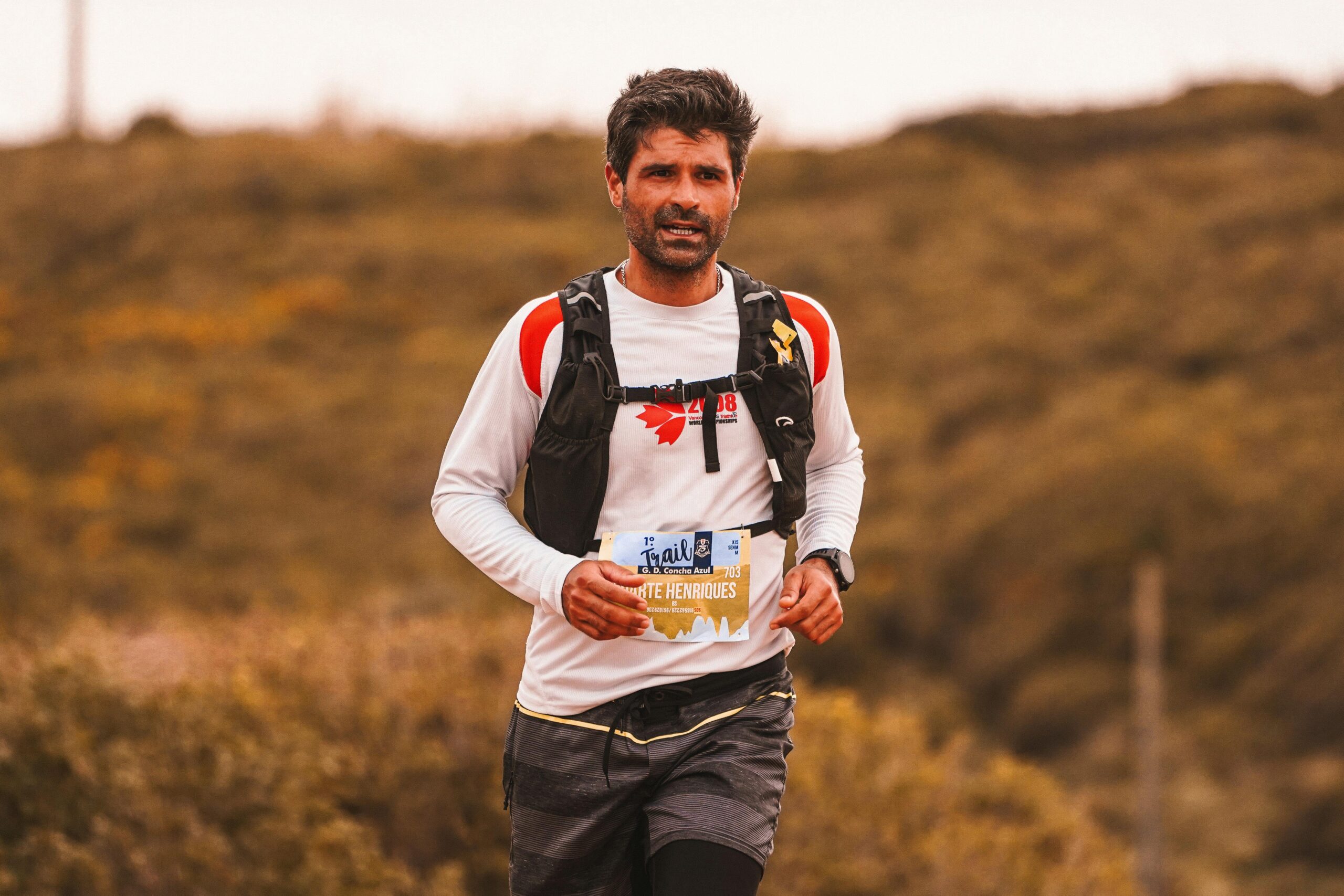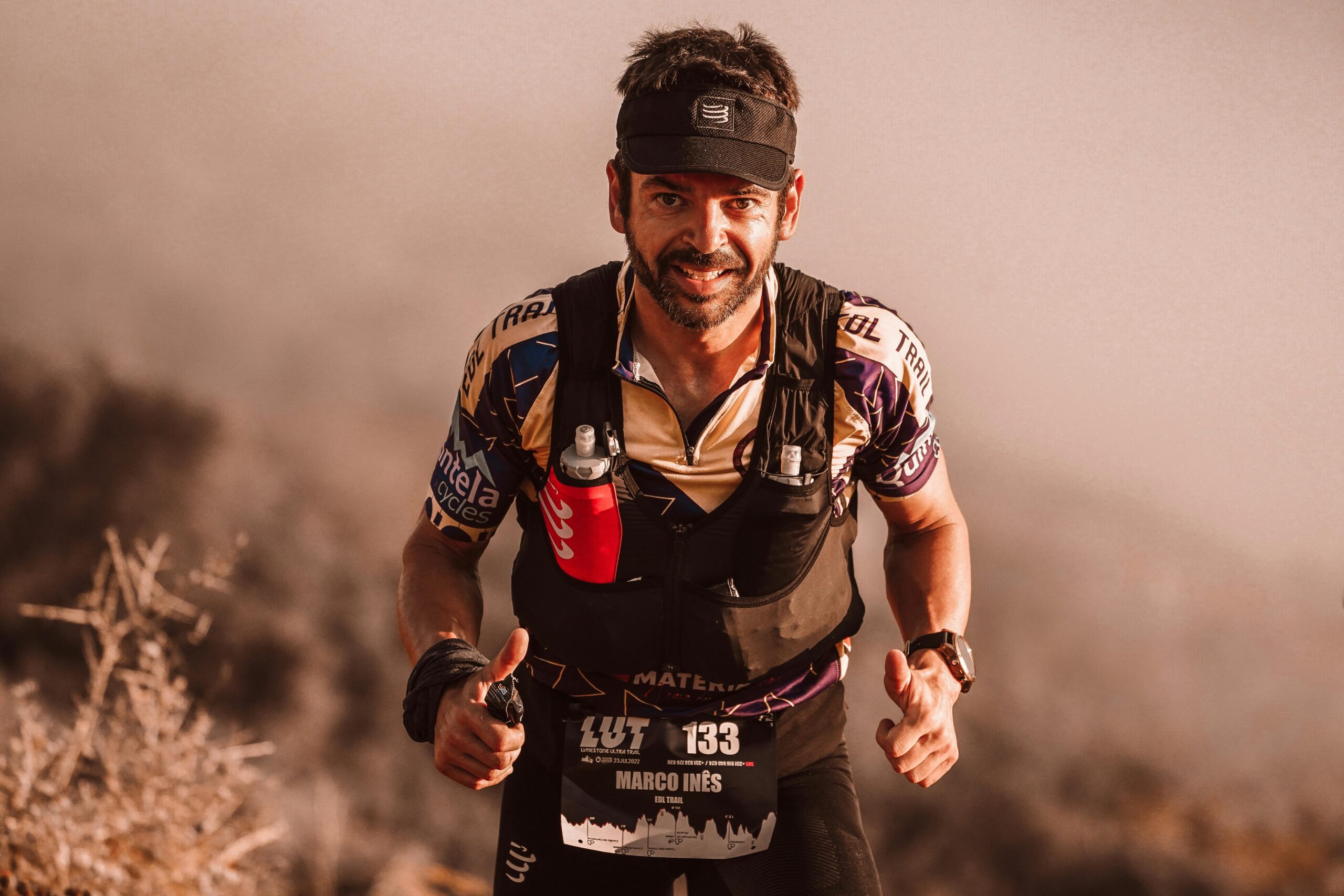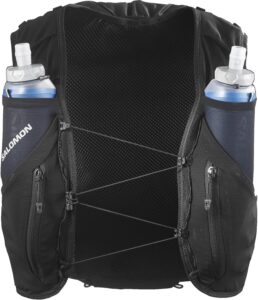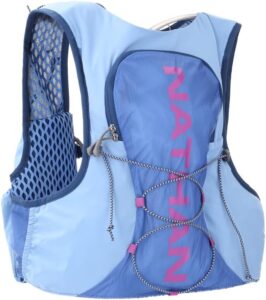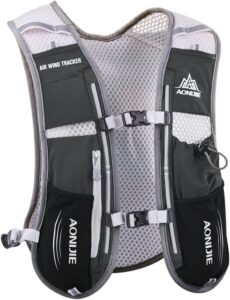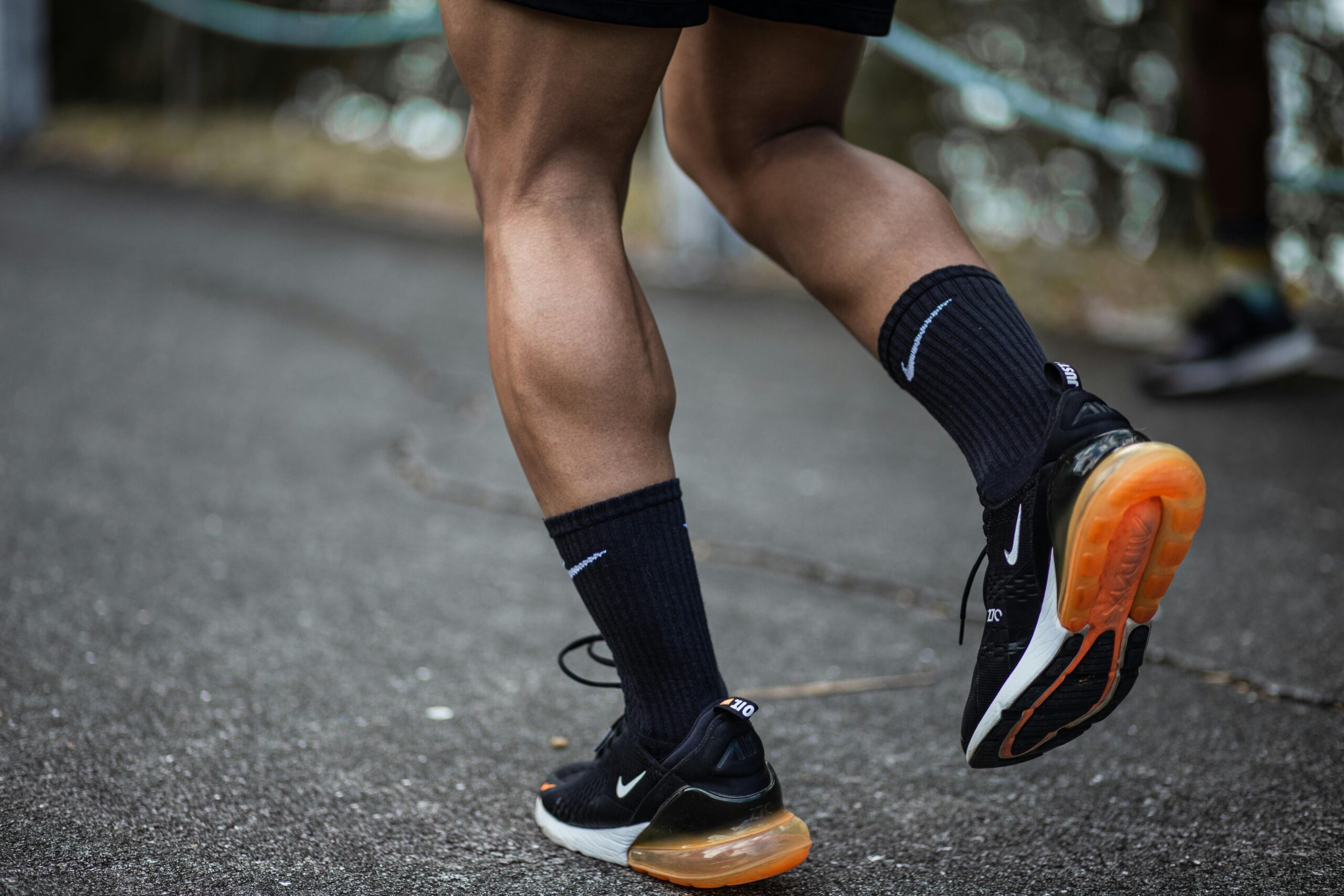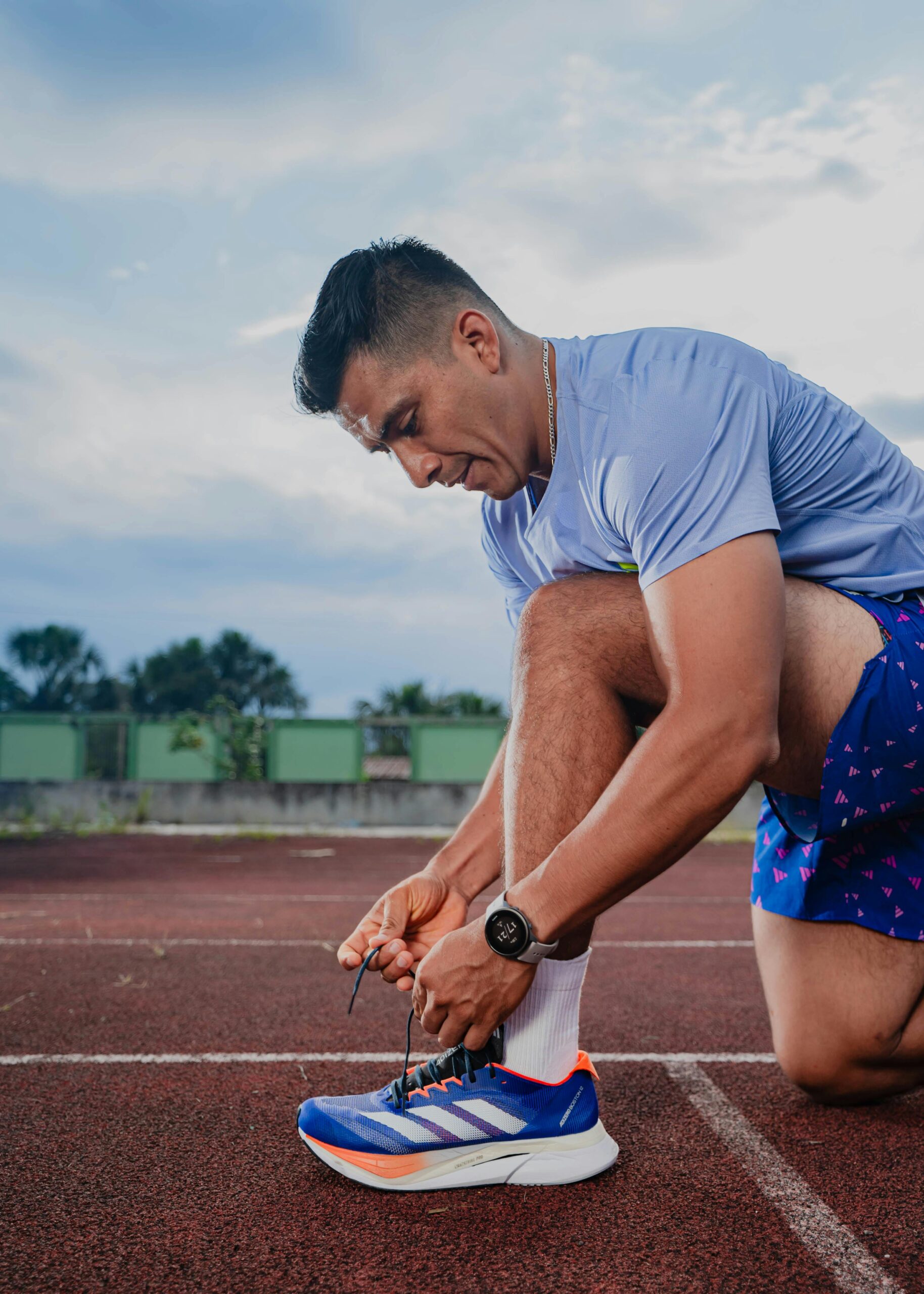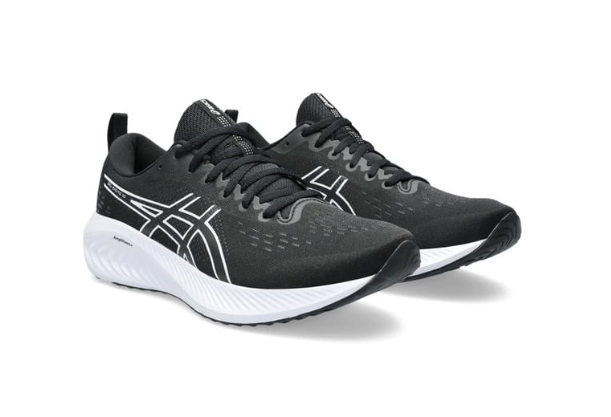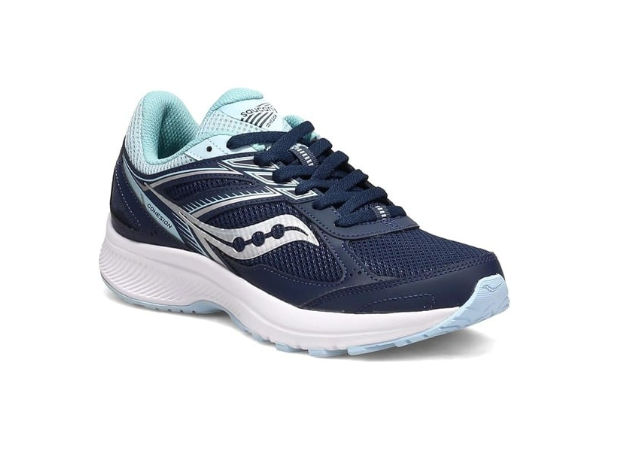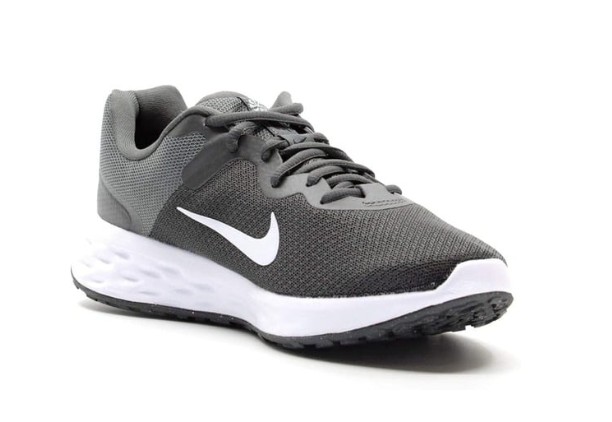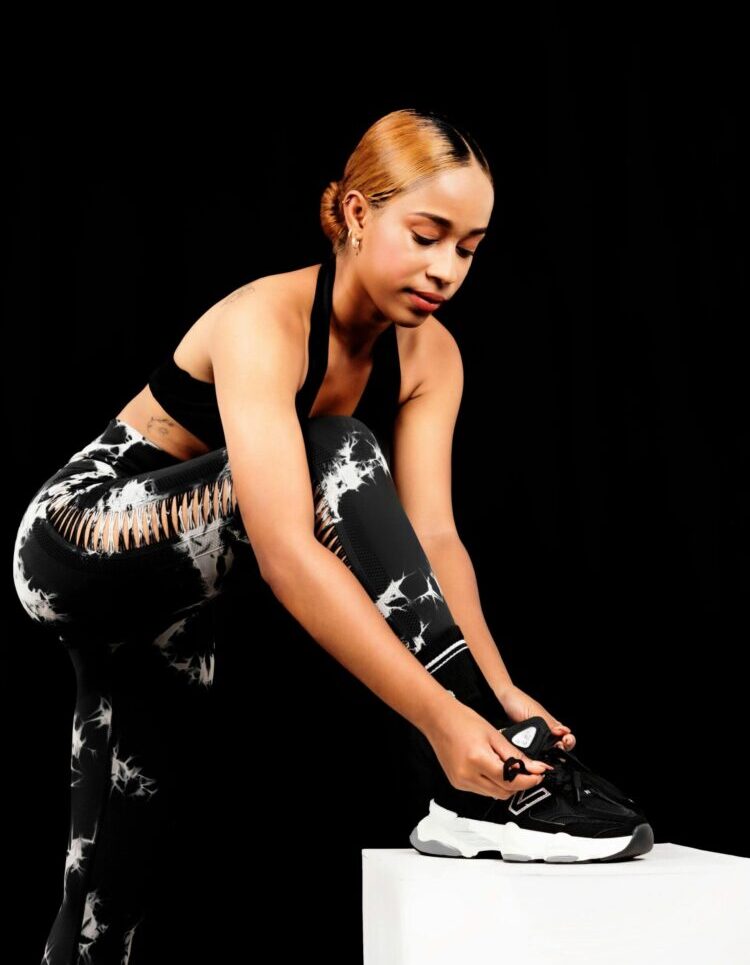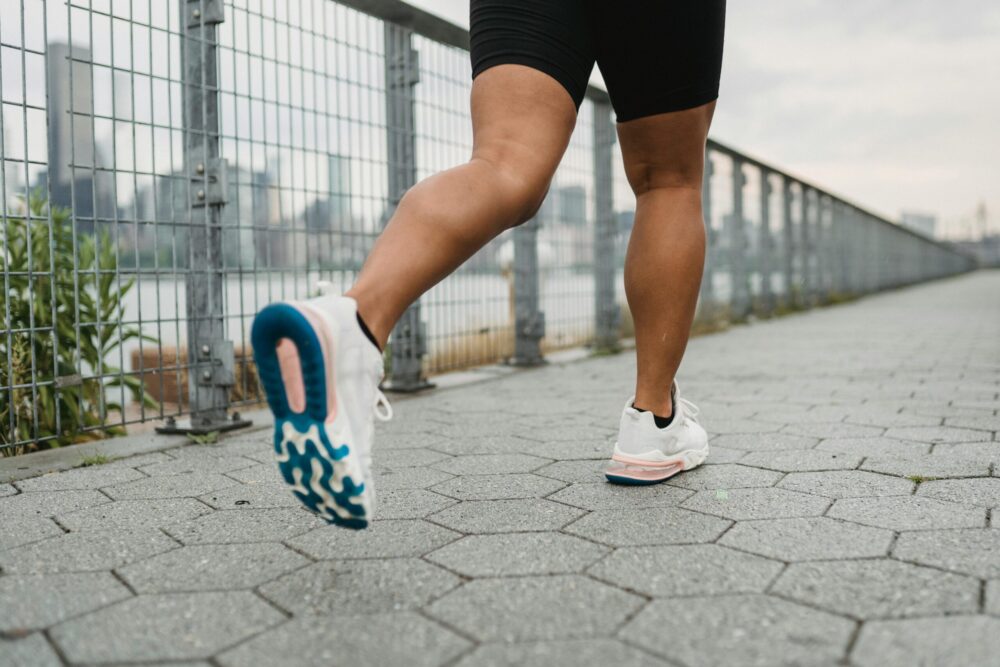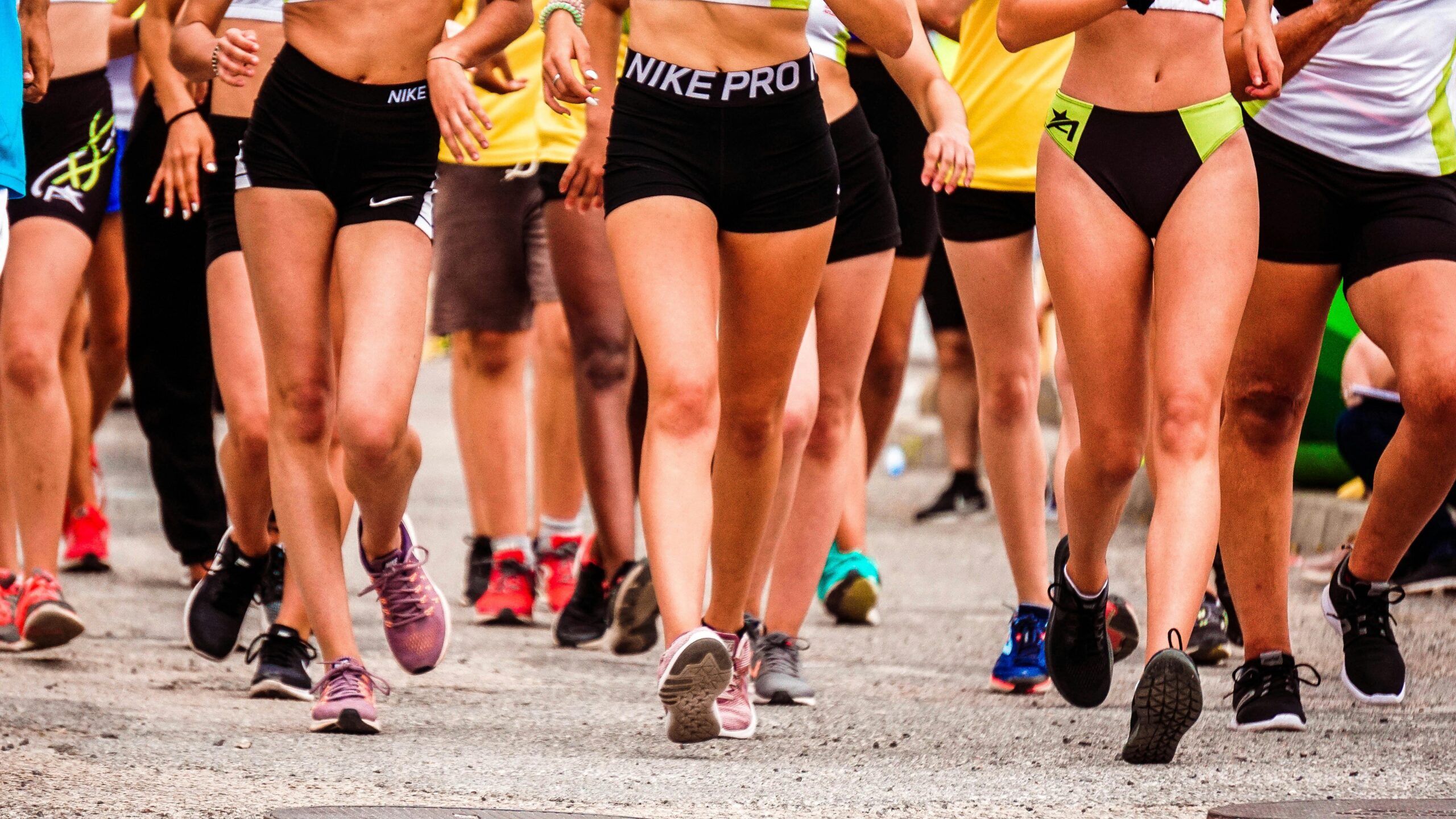
Ever tried running while holding your phone in your hand, or worse, stuffing it in your waistband? Not only is it uncomfortable, but it can also throw off your stride. That’s why running shorts with phone pockets have become one of the most practical and popular pieces of running gear.
In this blog, we’ll explore why these shorts are such a game-changer, what to look for when buying them, and how they fit into your overall running outfit.
Why Phone Pockets Matter
Modern runners rarely leave their phone at home. From tracking runs on Strava to listening to music or podcasts, having your phone is part of the running experience. But carrying it safely matters too.
Comfort
A secure pocket prevents bouncing and rubbing, which can be distracting on longer runs. The right placement keeps your phone snug so you barely notice it’s there.
Safety
Your phone is protected and won’t slip out mid-run. Plus, having your phone handy means you can call for help in case of an emergency or quickly check maps if you’re exploring a new route.
Convenience
You can easily grab your phone to change music, check pace, or snap a photo mid-run. For many runners, this accessibility makes training sessions far more enjoyable.
Performance
When your phone is stored securely, you maintain better posture and form, since you’re not adjusting your grip or waistband constantly.
Running shorts with phone pockets let you focus on your stride and breathing rather than worrying about where your phone is. Pair them with a running vest(read our guide), or lightweight belt, and you’ll have all your essentials covered without extra bulk.
Features to Look For in Running Shorts
When buying running shorts with a phone pocket, pay attention to both design and practicality. Not all pockets are created equal, and the right one depends on how and where you like to run.
- Placement: Look for pockets on the side, back waistband, or thigh. Side thigh pockets are ideal for stability since they minimize bouncing. Back pockets, on the other hand, are perfect if you prefer not to feel your phone against your leg.
- Material: Choose lightweight, breathable, and quick-dry fabrics. Moisture-wicking materials prevent chafing and keep you cool even on humid days.
- Fit: Compression-style shorts tend to hold phones more securely, while looser fits may need zippered or mesh-lined pockets for added stability.
- Durability: Frequent washing and high movement can wear down fabrics quickly, so prioritize quality stitching and reinforced seams.
- Extra Storage: Some shorts offer multiple pockets—ideal for keys, cards, or gels during longer runs.
💡 Pro tip: Test the shorts with your phone in the pocket while jogging in place before buying.
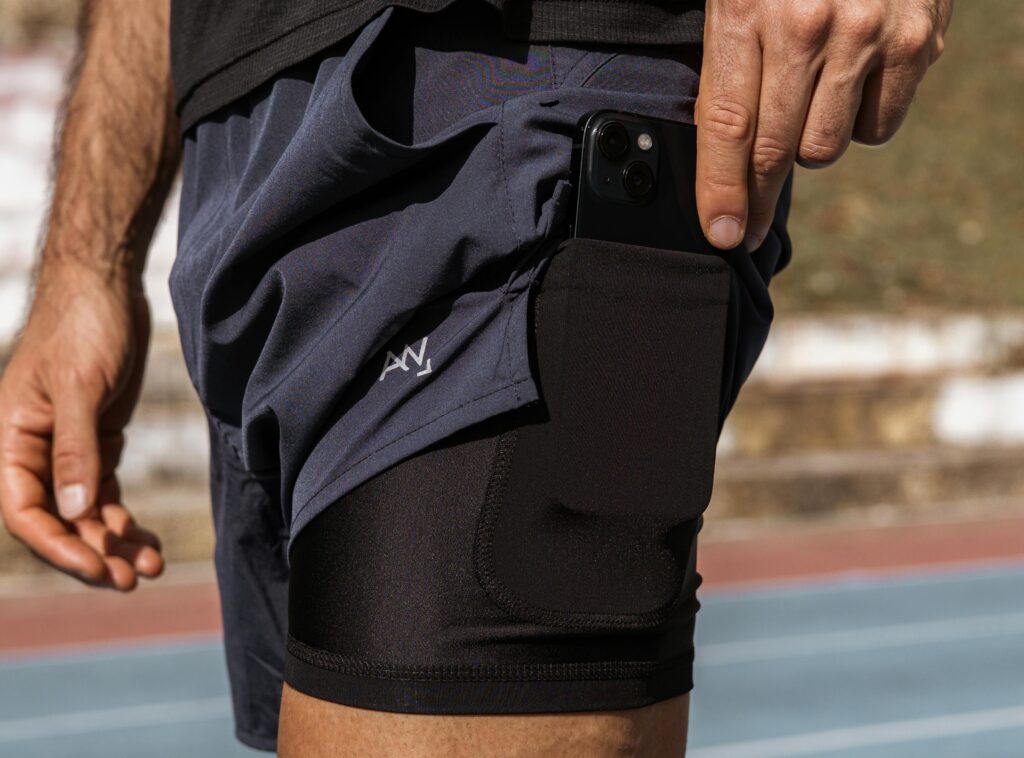
Why Runners Love Them
If you browse Amazon or Decathlon reviews, you’ll notice that shorts with phone pockets consistently receive top ratings. Thousands of runners highlight how they eliminate the annoyance of carrying phones by hand.
Runners love how freeing it feels to move naturally without worrying about dropping their devices. The right pocket design keeps the phone snugly in place, even during high-intensity workouts like sprints or trail runs.
Plus, with modern designs, these shorts are stylish enough for gym sessions, errands, or lounging after your run. The versatility adds value—one pair can easily transition from morning jogs to everyday wear.
And since many brands now include water-resistant or sweatproof pockets, you can confidently bring your phone along no matter the weather. That peace of mind is a huge bonus for outdoor runners.
Top 3 Running Shorts with Phone Pockets to Consider
To help you find the right pair, here are three popular options available on Amazon that runners trust:
- Pinkbomb 2-in-1 Running Shorts
Affordable and lightweight, these shorts come with a built-in phone pocket that prevents bouncing during your run. Rated ⭐4.3/5, they’re a solid choice for beginners who want comfort without overspending.
Check details here
- CRZ YOGA Women’s Shorts with Zip Pocket
Designed with women in mind, these shorts feature a secure zip pocket to keep your phone safe. With an impressive ⭐4.9/5 rating from 70+ reviews, they combine style and practicality, making them a favorite among female runners.
Learn more
- AOMIG Men’s Quick-Dry Shorts
Made from breathable, quick-dry fabric, these men’s shorts include a water-resistant pocket ideal for phones. At a budget-friendly price and with ⭐4.2/5 average reviews, they’re perfect for everyday training.
See product page
Conclusion
Running shorts with a phone pocket may seem like a small feature, but for many runners, it’s a game-changer. They bring comfort, safety, and practicality to your runs, letting you focus on your stride instead of your phone.
Want to upgrade your entire running setup? Don’t miss our guide to inexpensive running shoes for tips on starting your running journey affordably.

